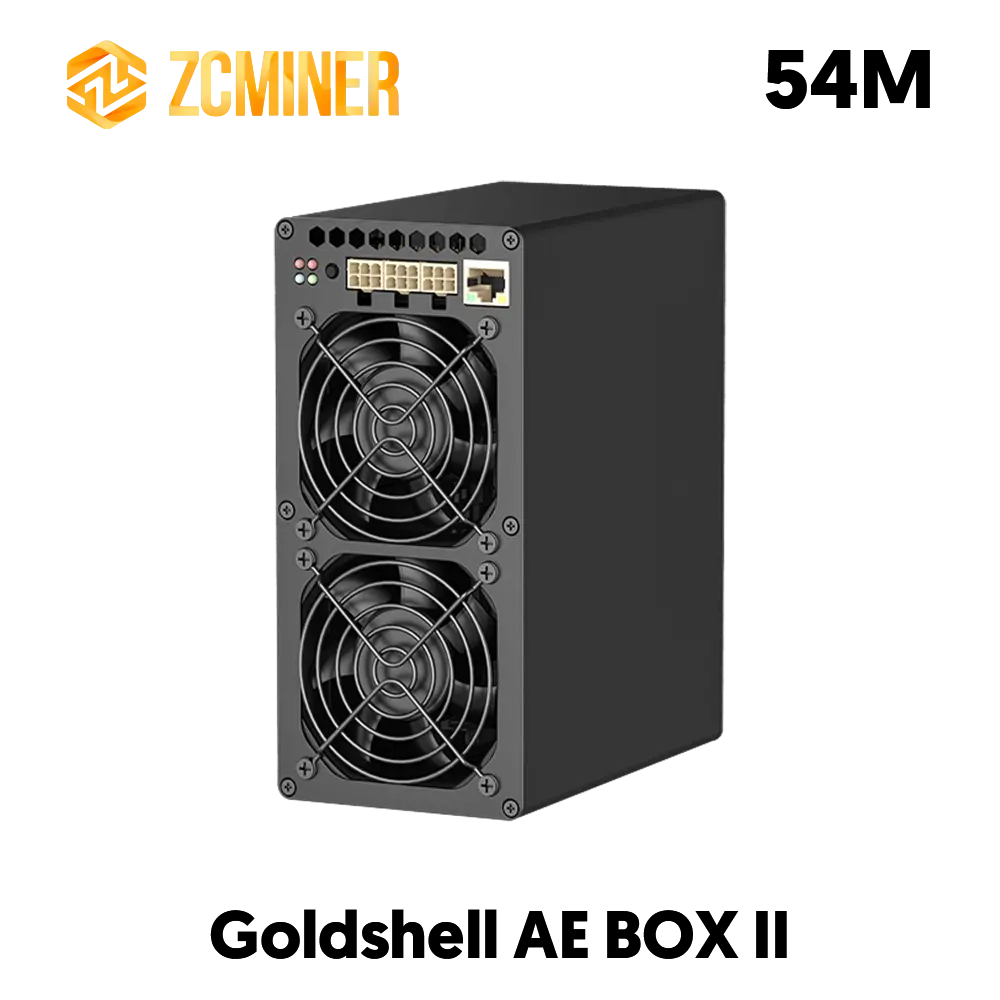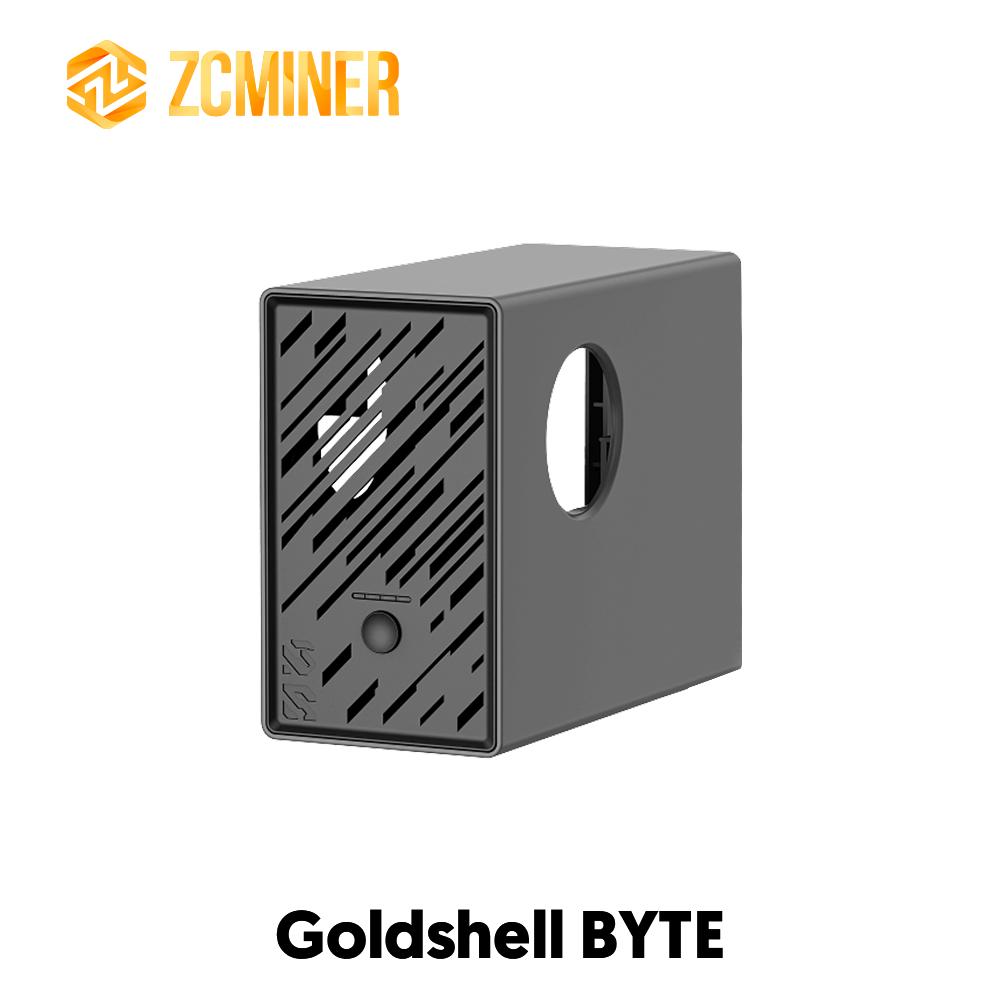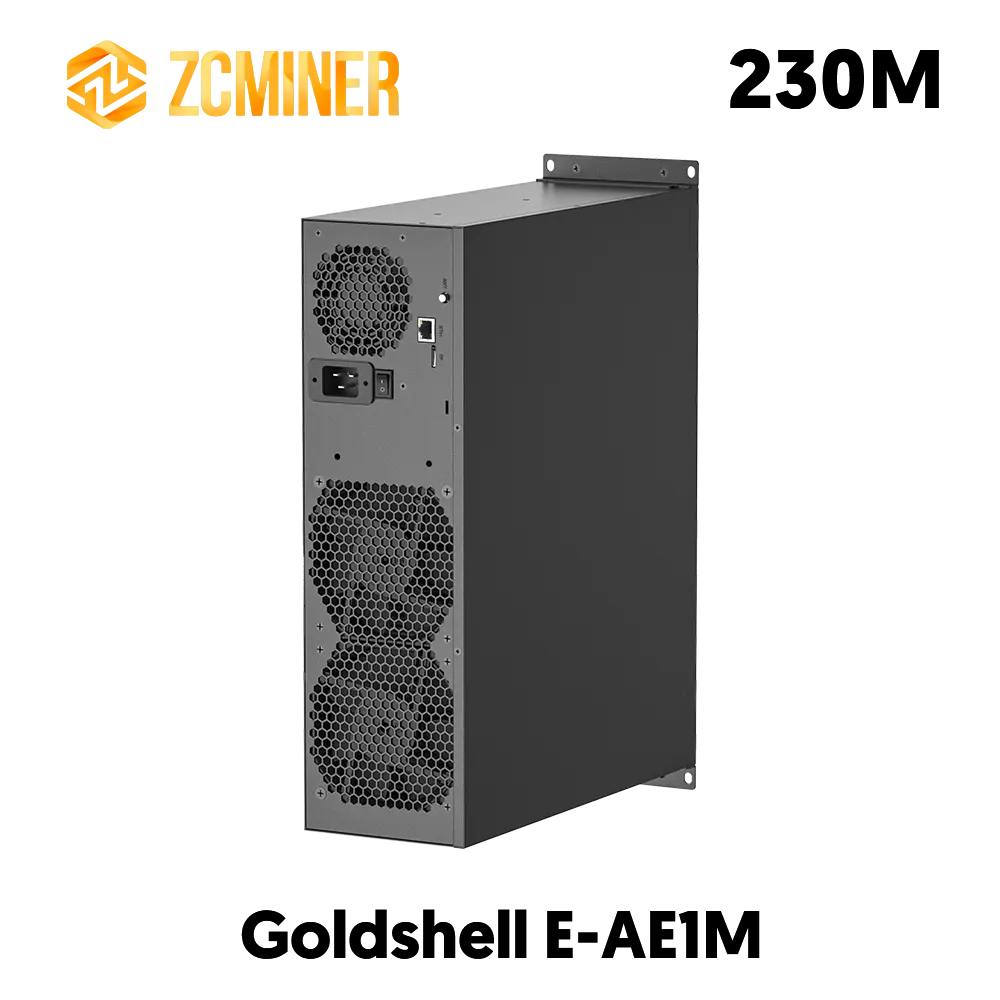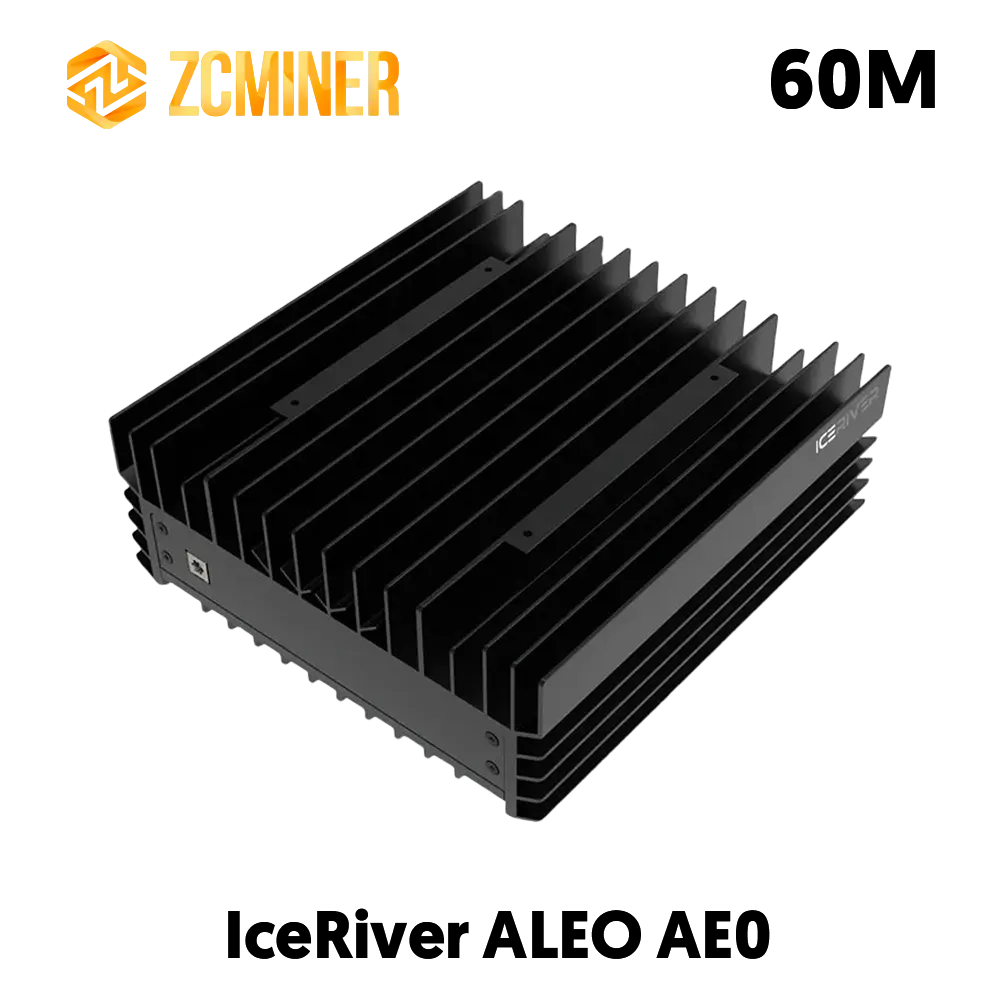What is Zcash (ZEC)?
Zcash (ZEC) is a privacy-focused cryptocurrency launched in 2016 by the Electric Coin Company (ECC). Unlike Bitcoin, where all transactions are transparent, Zcash allows users to choose between:
-
Transparent transactions (t-addresses) — fully visible on the blockchain.
-
Shielded transactions (z-addresses) — sender, recipient, and amount hidden.
The use of zk-SNARKs (Zero-Knowledge Succinct Non-Interactive Arguments of Knowledge) ensures that transactions are secure, verifiable, and private, making Zcash a leading choice for users who value confidentiality without compromising decentralization.

Key Advantages of Zcash:
-
Enhanced Privacy: Users can hide transaction details for financial security.
-
Fungibility: Shielded coins remain equal in value since their transaction history is hidden.
-
Decentralization & Transparency: Open-source code allows community audits and contributions.
-
Flexible Mining: Equihash PoW algorithm favors GPUs and allows miners to participate efficiently.
How Zcash Differs from Bitcoin and Other Cryptocurrencies
While Bitcoin is the most well-known cryptocurrency, Zcash offers unique features:
| Feature | Bitcoin (BTC) | Zcash (ZEC) |
|---|---|---|
| Consensus Algorithm | SHA-256 PoW | Equihash PoW (GPU-friendly) |
| Transaction Privacy | Fully transparent | Optional shielded transactions (z-addresses) |
| Block Time | ~10 minutes | ~75 seconds |
| Fungibility | Limited | High with shielded transactions |
| Future Plan | Maintain PoW | Transition to PoS (energy-efficient) |
These differences make Zcash an attractive alternative for miners and privacy-focused users alike.
Understanding Zcash’s Technology
Zcash combines traditional blockchain mechanics with advanced cryptography:
zk-SNARKs: Privacy Without Compromise
zk-SNARKs allow transactions to be validated without revealing sender, receiver, or amount, providing a robust privacy layer while maintaining network security.
Dual Transaction Types
-
t → t: Transparent to transparent
-
t → z: Transparent sender, shielded recipient
-
z → t: Shielded sender, transparent recipient
-
z → z: Fully shielded, private transaction
Mining and Consensus
-
Proof-of-Work (PoW) via Equihash: Solving cryptographic puzzles to validate transactions and create new blocks.
-
GPU-friendly algorithm: Reduces the dominance of large ASICs, making mining more accessible.
How to Mine Zcash: Step-by-Step
Mining Zcash can be profitable with the right setup and careful planning.
Step 1: Select Mining Hardware
-
GPU Mining: NVIDIA RTX 4090, AMD RX 7900 XT — suitable for flexible setups.
-
ASIC Mining: Antminer Z15 Pro — highly efficient but higher upfront cost and power consumption.
Step 2: Create a Zcash Wallet
-
Supports t-addresses and z-addresses.
-
Recommended wallets: ZecWallet Lite, Ledger Nano X, YWallet.
Step 3: Join a Mining Pool
-
Solo mining is possible but less profitable.
-
Recommended pools: Flypool, 2Miners, Luxor, F2Pool.
Step 4: Install Mining Software
-
GPU miners: EWBF Miner (NVIDIA), lolMiner (AMD/NVIDIA), Bminer.
-
Configure wallet address, mining pool server, and worker ID.
Step 5: Optimize and Monitor
-
Use monitoring software (Hive OS, Awesome Miner).
-
Monitor hash rate, temperature, and power consumption.
-
Optimize cooling and overclocking for maximum efficiency.
Mining Economics and Profitability
Block Rewards
-
Current block reward: 3.125 ZEC per block (2024 halving).
-
Distribution: 80% miners, 20% development fund.
Profit Example
Using Antminer Z15 Pro (840 kSol/s, 2780W), at electricity $0.07/kWh, estimated daily profit: $55/day.
Profit Factors
-
ZEC Market Price: Higher prices increase revenue.
-
Network Difficulty: More miners reduce individual earnings.
-
Electricity Costs: High electricity significantly reduces profits.
-
Hardware Efficiency & Maintenance: Proper maintenance maximizes uptime and ROI.
Zcash Mining Trends in 2025
-
Rising GPU and ASIC adoption: Advanced hardware increases mining efficiency.
-
Increased privacy demand: Growing interest in shielded transactions.
-
PoS transition: Potentially reduces energy consumption and changes mining dynamics.
-
Market Volatility: Mining profitability depends on ZEC price fluctuations and global crypto market trends.
Security and Privacy Considerations
-
zk-SNARKs ensure secure, verifiable, anonymous transactions.
-
Shielded transactions protect financial privacy and reduce traceability.
-
Users must choose secure wallets and mining pools to prevent loss or hacks.
Use Cases and Real-World Applications
-
Private Payments: Shielded transactions allow confidential purchases.
-
Financial Security: Protects sensitive transactions from public tracking.
-
Decentralized Finance (DeFi): Integration with privacy-preserving DeFi applications.
-
Cross-Border Transactions: Efficient for international payments without revealing amounts or participants.
Frequently Asked Questions (FAQs)
Q1: Is mining Zcash profitable in 2025?
Yes, if you use efficient hardware, low electricity costs, and participate in mining pools.
Q2: Can I mine Zcash with a CPU?
Mining with a CPU is technically possible but extremely inefficient. GPUs or ASICs are recommended.
Q3: What is the difference between t-address and z-address?
t-address is transparent; z-address is shielded for privacy. Users can choose based on preference.
Q4: How does Zcash maintain privacy without compromising security?
Through zk-SNARKs, which allow verification of transaction validity without revealing any sensitive data.
Conclusion
Zcash (ZEC) is a leading privacy coin that combines security, anonymity, and mining profitability. Whether you are a miner seeking consistent returns or a user valuing financial privacy, Zcash offers versatile solutions. With proper planning, hardware, and strategy, mining ZEC can remain a lucrative and privacy-conscious endeavor.











Leave a comment
This site is protected by hCaptcha and the hCaptcha Privacy Policy and Terms of Service apply.